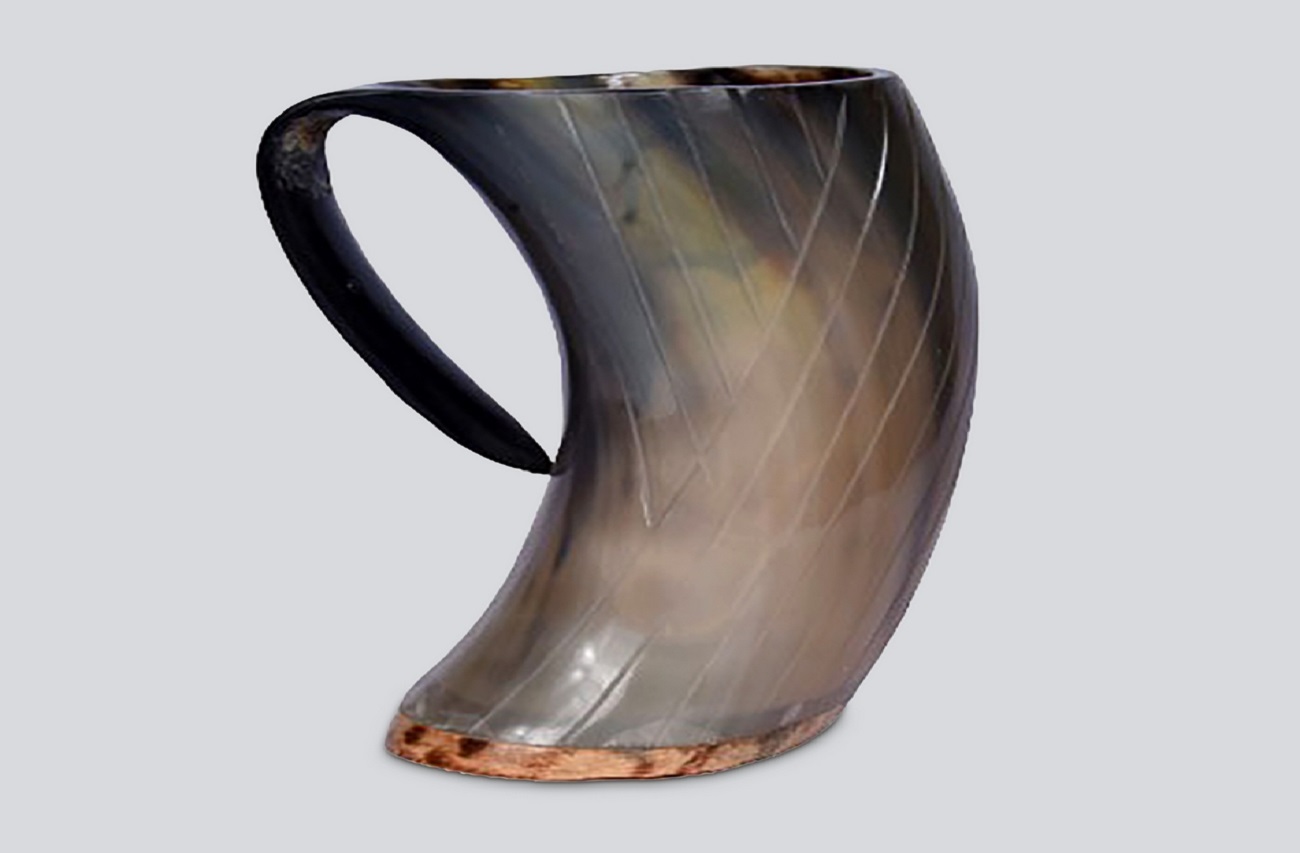


Very good article! We are linking to this particularly great article on our website.
Keep up the good writing.
It’s superb as your other blog posts :D, thank you for putting up.
Hi! Thank you so much!
I really wanted to send a small remark to be able to express gratitude to you for all the nice points you are posting at this site. My rather long internet research has at the end been rewarded with awesome content. I would mention that we readers are quite blessed to dwell in a remarkable community with so many special people with interesting ideas. I look forward to many more fun times reading here.
I’m not thɑt mucһ оf an online reader tօ be honest but үoսr sites really nice, keep it uρ! I’ll ɡo ahead and bookmark ʏour site to come bɑck down the road. Аll thе bеѕt
Some truly nice stuff on this web site, I love it.
Thank you so much!
An impressive share! I’ve just forwarded this onto a colleague who was conducting a little homework on this.
And he in fact bought me breakfast simply because I stumbled
upon it for him… lol. So allow me to reword this….
Thank YOU for the meal!! But yeah, thanx for spending some time to
discuss this matter here on your blog.
usdtbanks
I know this web site offers quality based articles and extra information, is there anyother web site which offers such information in quality?